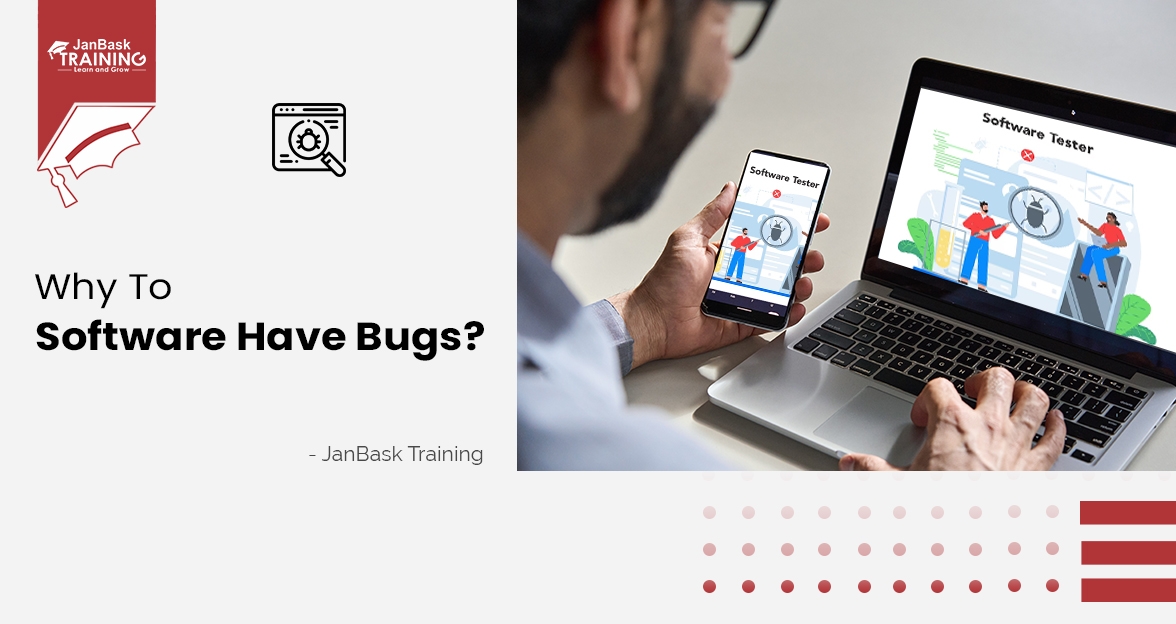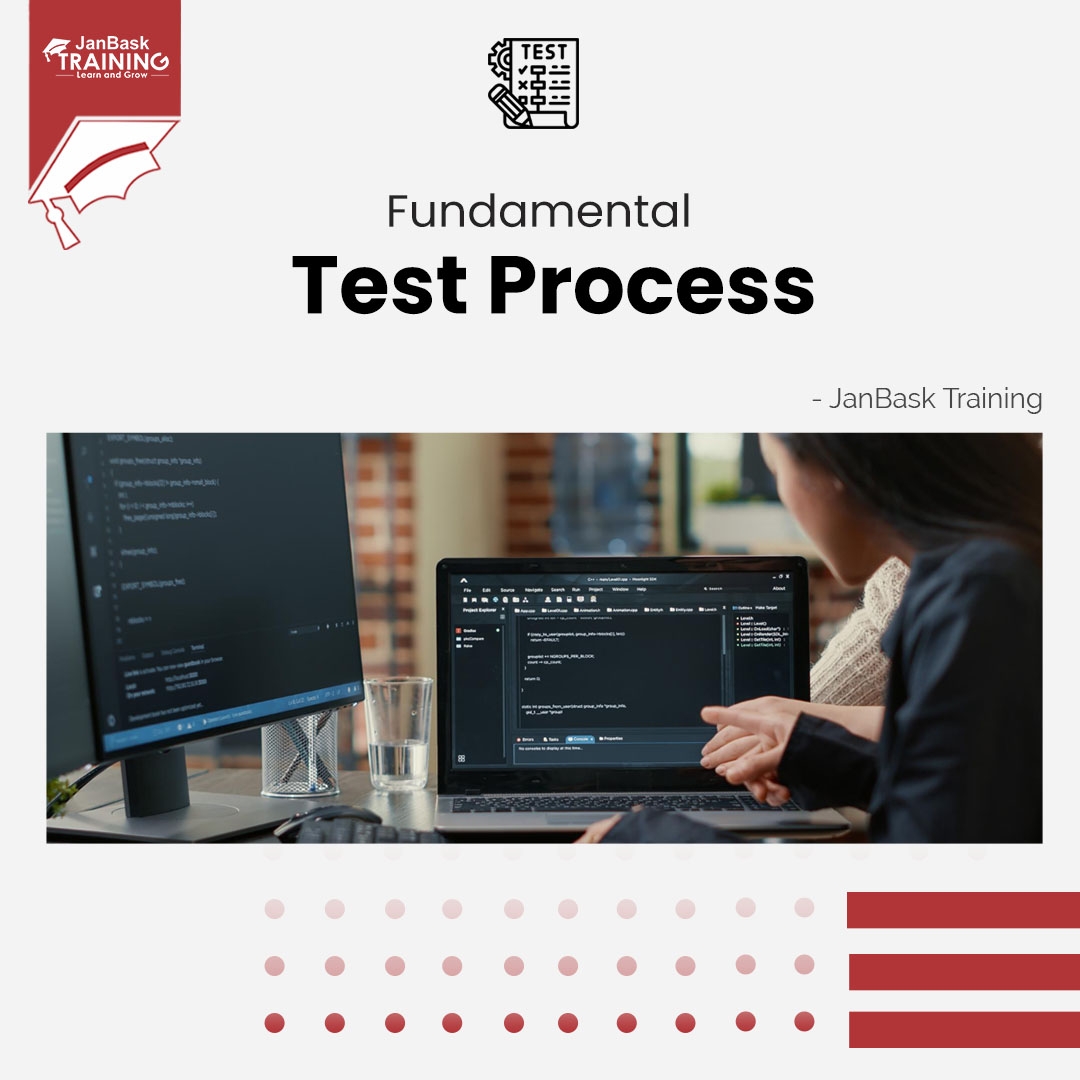Grab Deal : Flat 30% off on live classes + 2 free self-paced courses - SCHEDULE CALL
The V-model is a diagram that shows the lifespan of a system's development. It is employed to create accurate project management and development lifecycle models. The German V-Model, a generic testing model, and the US government standard are the three primary categories under which the V-Model falls.
In the V-Model, the execution of processes serially takes place in V-shape, and it's based on the association of a testing phase for every corresponding development step, i.e., development and QA activities are performed simultaneously. Online QA training will help you test the functionalities and usability of new or current software before it goes live to ensure it’s bug-free.
The V-model, also known as project life cycle development, provides an overview of the key actions to be completed in combination with the relevant deliverables inside the computerized system validation framework. It outlines the tasks that must be completed and the outcomes that must be obtained during the product development process.

The breakdown of requirements and development of system specifications are represented by the left side of the "V." The integration of the pieces and their validation are represented by the right side of the "V." However, higher level requirements or user demands must first be verified against the specifications. Additionally, there is such a thing as system model validation. This can also be done in part on the left side. It might not be accurate to say that validation solely takes place on the right side. The simplest way to put it is to state that validation always takes into account the demands of the user or the actual world whereas verification is always done in technical terms against the criteria. The requirements are validated—confirmed to be true—and the finished product is verified to make sure it complies with those requirements, according to the aerospace standard RTCA DO-178B.
Every tester grows from different careers as they develop different skill sets. A standard transformation is from a tester to a developer, then to a manager. Through a QA software tester career path, you’ll get complete insights into it.
The v model in software engineering is an SDLC framework where processes are executed sequentially in a V-shape. The Verification and Validation Model is another name for it.
A testing phase is linked to each corresponding development stage in the V-Model, which is an extension of the waterfall model.

V-models may be categorised into three categories.
The official project management technique of the German government is the German V-Model, or V-Modell. It is similar to PRINCE2, but more specifically applicable to software development. The main characteristic of using a "V" representation was to demand evidence that the goods from the left-side of the V were approved by the right-side of the V's test and integration organization.
The International Software Testing Qualifications Board Foundation Syllabus for software testers describes the software development process, and the V-model is widely regarded within the testing community as a less precise illustration of that process. This model has no single definition, which is more specifically addressed in the complementary page on the V-Model (software development).
Similar to its German equivalent, the US also has a government standard V-model that was first introduced about 20 years ago. Its focus is more constrained than the typical UK practitioners' and testers' understanding of the V-model, but it is still much more thorough and detailed. Depending on the different skills and work experience that software testers have mastered, their salaries vary. Check out those factors that affect software test engineer salary.
The Verification and Validation Model is another name for the V-Model. Each stage of the sdlc v model must be finished before moving on to the next. Similar to the waterfall paradigm, it uses a sequential design process. Parallel to a matching stage of development, testing of the device is planned.
Verification entails a static analysis technique (review) carried out without actually running any code. To determine whether certain criteria are met, the product development process is evaluated.
Testing is done by running code, and validation comprises dynamic analysis methods (functional and non-functional). To create a successful roadmap for a QA testing career, find out frequently asked QA testing questions and their answers by interviewers.
After the development phase is complete, the software is categorized throughout the validation step to see if it satisfies the needs and expectations of the client.
There are the many stages of the V-Verification model's Phase:
There are several stages in the V-validation model's phase:
Selenium could be a better tool for testers, and businesses face numerous difficulties each day, and a Selenium tester solves them instantly. It's not just the roles and responsibilities of a Selenium tester, but they also need to be updated about tools, techniques, and best practices to achieve success in crafting test automation strategies.
V model is another name for validation and verification. Software models are based on the system development life cycle (SDLC) and software testing life cycle (STLC), with the primary execution process occurring in a sequential, v-shaped order.
The V model is nothing more than a development of the waterfall model, which links each testing step with its corresponding development phase.
Thus, the testing cycle and the development cycle are closely related to one another. Selenium testing is popular for facilitating fast, repetitive web application testing, allowing developers to ship new releases faster and confidently. The V model is a very specific model used in software testing, and transition to the next cycle only happens after the first cycle is finished.
Speak with the customer and learn as much as you can from them. Find out as much as you can about the requirements and specifics of the programme that you want to test.
Work on the Oracle database and language scripts like Java or.net. Try to pick high-level tasks that will suit the project's complexity and the accompanying software testing properly.
Build the code of the software to be tested after making design decisions; this process is sometimes referred to as coding.
The programme will now be tested to ensure that all criteria have been met.
Set up the application in the appropriate environment.
Adapt the code to the needs of the customer.
The waterfall model, which is well known to be a direct extension of the V model, has a number of shortcomings, including
To counteract all of these issues, the V model of software testing was developed, which includes a testing phase at every stage of development, allowing errors to be found as soon as feasible, using various software testing tools. It's essential to know all the tools in order to get a better insight into their related concepts. You can find a comprehensive list of software testing tools here.
The software development cycle is on the left, while the software test cycle is on the right.

QA Software Testing Training
The V-Model is a systematic and standardised approach to project planning and execution that facilitates risk mitigation, cost control, system quality control, and stakeholder confidence. Because of these key factors, it has become widely employed in sectors including construction, pharmaceuticals, and some software development firms that manage complicated and protracted projects. For a variety of reasons, it started to be replaced in the 1990s by Agile methodologies in the software industry. The V-Model is still used in business today and is worthwhile taking into consideration when starting a project, even though it can result in a lack of communication between the management and technical teams or extra expenditures due to overly distinct processes.


Understanding The Software Development Life Cycle (SDLC) in QA


Cyber Security

QA

Salesforce

Business Analyst

MS SQL Server

Data Science

DevOps

Hadoop

Python

Artificial Intelligence

Machine Learning

Tableau
Download Syllabus
Get Complete Course Syllabus
Enroll For Demo Class
It will take less than a minute
Tutorials
Interviews
You must be logged in to post a comment